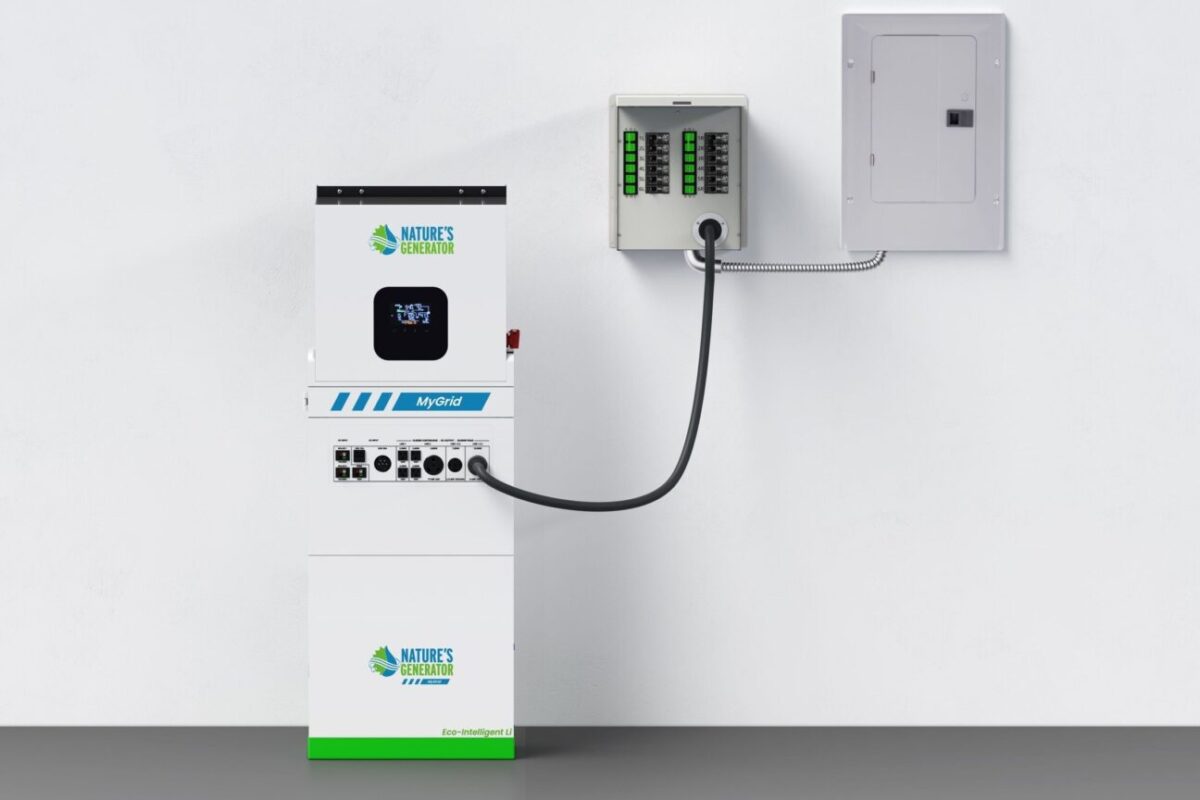A research team from the University of Jaén in Spain has designed a new agrivoltaic system configuration for applications in existing olive groves in the Mediterranean region.
The system consists of an overhead installation equipped with glass PV modules composed of multiple PV cells interspersed within them, which the researchers said ensure a high level of transparency. The modules have a tilt angle of 30 degrees, are south-oriented and are installed on an elevated canopy situated 4 m above olive trees with an average height of 2 m.
The olive grove features a high planting density with a distance of 3.5 m between rows of trees and 1.5 m between individual trees. The panels are installed with a row spacing of 1.7 m to prevent shading. “This particular design allows the harvesting machine, which can have a maximum height of 3.5 m height, to pass over the olive trees,” the academics explained.
The scientists said the system must ensure high levels of transparency in order to avoid a negative impact on the olive yield. “Transparency, in this context, refers to the proportionate area of the module that is unoccupied by PV cells,” they explained. “This value is then multiplied by the optical transmittance of the glass to calculate the overall transparency of the module.”
Through a series of simulations, the research team assessed the transparency levels of the system for three different olive cultivars and nine representative olive cultivation locations. It considered indicators such as PV capacity, energy generation, avoided CO2 emissions and job creation.
The analysis showed that the transparency levels vary between 0.57 and 0.71, and that the lowest values can be observed in locations with higher solar radiation such as Egypt and Tunisia.
“Optimizing the model by considering only the months corresponding to the olive growth cycle can reduce the required transparency, thereby increasing the installed PV capacity by up to 3.5%,” the academics added, noting that in those locations where the incident solar radiation in winter is lower, the transparency decreases more compared to the annual average and to other sites with a more uniform radiation distribution throughout the year, such as Egypt or Morocco.
They presented the system in the study “Potential of agrivoltaics systems into olive groves in the Mediterranean region,” published in Applied Energy.
“Future works should assess the impact of suppressing ultraviolet (UV) light on olive growth when PV modules are installed above olive trees, as the glass encapsulant absorbs this specific portion of the solar spectrum,” they concluded.
This content is protected by copyright and may not be reused. If you want to cooperate with us and would like to reuse some of our content, please contact: editors@pv-magazine.com.




2 comments
By submitting this form you agree to pv magazine using your data for the purposes of publishing your comment.
Your personal data will only be disclosed or otherwise transmitted to third parties for the purposes of spam filtering or if this is necessary for technical maintenance of the website. Any other transfer to third parties will not take place unless this is justified on the basis of applicable data protection regulations or if pv magazine is legally obliged to do so.
You may revoke this consent at any time with effect for the future, in which case your personal data will be deleted immediately. Otherwise, your data will be deleted if pv magazine has processed your request or the purpose of data storage is fulfilled.
Further information on data privacy can be found in our Data Protection Policy.